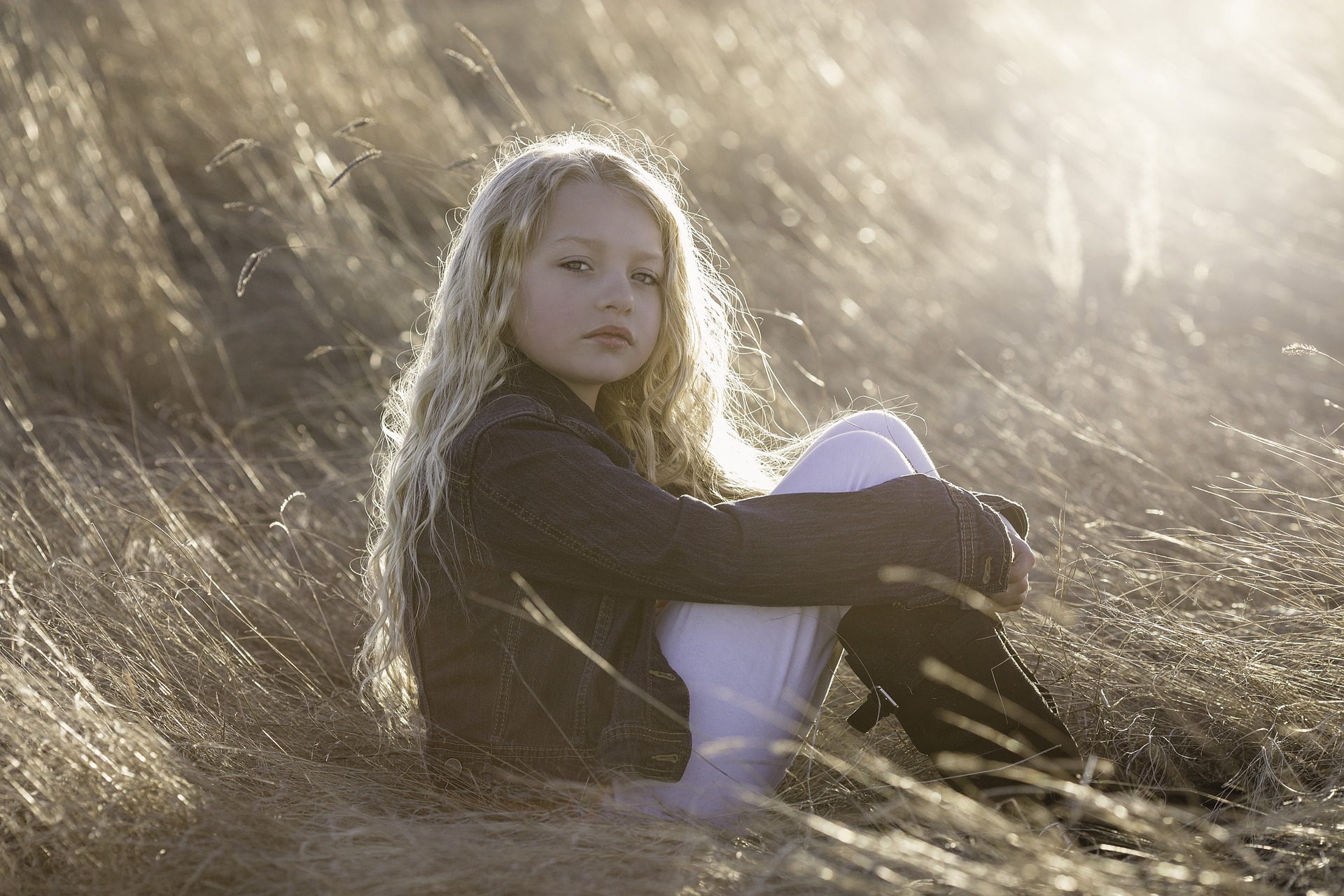Critical Analysis of Razia the Tigress:
The situation described in the poem “Razia the Tigress” is a little difficult to understand at first. It is unclear whether Sheru has voluntarily left his family behind, as male tigers often do after their mates bear cubs, or whether Sheru has actually died. However, after reading the poem multiple times, and concentrating in particular on the last stanza, we can understand that poachers have hunted down Sheru. Razia clearly says that she is afraid of the poachers returning to the forest again. The use of this word “again” makes it clear that such an attack has happened before as well. That is why it can easily be argued that it was, in fact, poachers who had killed Sheru. The pet has taken great pains to humanize this family of tigers.
Even though we humans are the ones who are afraid of tigers, he has made it clear that even tigers are afraid of some things. They also care for their young in the same way that we do. They also play with their young when they can. And they do everything required to fill the bellies of their family. This requires them to hunt such animals as the deer. This hunting of smaller and weaker creatures may seem like a cruel thing at first, but it is absolutely essential as a survival strategy. There is no other way in which tigers can survive and find enough food to sustain themselves. Moreover, the hunting of deer also maintains the ecological balance in the forest. That is why the poet does not frown on Sheru’s crafty technique of hunting deer. Even though it is Sheru he talks about in the major portion of the poem, he is actually remembering Sheru through the eyes of Razia. The fact that he can get readers to sympathize with the plight of a tigress that is now a single mother of two very young cubs shows that he does not see any animal as being inferior to any other and that he knows that all animals have emotions.
Stanza-wise Annotation of Razia the Tigress:
Please note: N= noun, V=verb, Adj=Adjective, Adv=Adverb, P=Preposition
1st stanza:
Cubs (N): Plural form of the word “cub”, that is, the young of a fox, bear, lion, or other carnivorous mammals
Barely (Adv): In a simple and sparse way
2nd stanza:
Traversed (V): Past tense of the word “traverse”, that is, to travel across or through
Dale (N): A valley, especially in northern England
Stirred (V): Past tense of the word “stir”, that is, to move or cause to move slightly
3rd stanza:
Lanes (N): Plural form of the word “lane”, that is, a division of a road marked off with painted lines and intended to separate single lines of traffic according to speed or direction
Down-wind (Adj): In the direction that the wind is blowing
Belly-crawl (V): Move slowly with one’s belly touching the ground
Crouch (V): Adopt a position where the knees are bent and the upper body is brought forward and down, typically in order to avoid detection or to defend oneself
4th stanza:
Shrub (N): A woody plant which is smaller than a tree and has several main stems arising at or near the ground
Flash (N): A sudden or brief manifestation or occurrence of something
Erupt (V): Break out suddenly and dramatically
5th stanza:
Sniffed (V): Past tense of the word “sniff”, that is, to draw in (a scent, substance, or air) through the nose
Thick (Adj): Made up of a large number of things or people close together
Musty (Adj): Having a stale, moldy, or damp smell
Dubbed (V): Past tense of the word “dub”, that is, to give an unofficial name or nickname to
Stag (N): A male deer, especially a male red deer after its fifth year
Club (N): A heavy stick with a thick end, used as a weapon
6th stanza:
Antler (N): Each of the branched horns on the head of an adult deer (typically a male one), which is made of bone and are grown and cast annually
Dreaded (Adj): Regarded with great fear or apprehension
Spoor (N): The track or scent of an animal
Pug-marked (V): Past participle form of the word “pug-mark”, that is, (of an animal) to leave one or more footprints behind on the surface of the ground
7th stanza:
Competing (V): Present participle for of the word “compete”, that is, to strive to gain or win something by defeating or establishing superiority over others
Hyenas (N): Plural form of the word “hyena”, that is, a dog like African mammal with forelimbs that are longer than the hind limbs and an erect mane. Hyenas are noted as scavengers but most are also effective hunters
Hound (V): A dog of a breed used for hunting, especially one able to track by scent
8th stanza:
Dread (N): Great fear or apprehension
Poachers (N): Plural form of the word “poacher”, that is, a person who hunts or catches game or fish illegally
Poetic Devices in Razia the Tigress:
Rhyme scheme:
Each of the 8 stanzas in this poem follows the same simple rhyme scheme, that is, ABCB.
Rhetorical devices:
Metaphor:
This rhetorical device is used when a covert comparison is made between two different things or ideas. In this poem, the poet uses the device of metaphor in the 3rd line of the 2nd stanza when he compares the winds with travelers who take shelter somewhere at night when the leaves stop moving.
Simile:
This rhetorical device is used when an overt comparison is made between two different things. In this poem, the poet uses the device of simile in the 4th line of the 5th stanza when he compares the claw of the tiger Sheru with a club and also uses the word “like” while making this comparison.
Central Idea of Razia the Tigress:
Sheru has been killed by poachers, and the tigress Razia is left alone to care for her two young cubs. She remembers how skilled her husband was at hunting. She worries that he cubs may be chased by hounds. She wonders how she can ever rest easy when she leaves her cubs behind to hunt deer. However, Razia’s greatest fear is that poachers will come and kill her cubs in the same way that they have killed her husband.
The Themes of Razia the Tigress:
Humanizing the tiger:
The tiger is generally a creature that human beings are very scared of, and that they want to avoid encountering at all costs. However, the poet here humanizes the tiger by showing us a loving family of tigers. The husband Sheru is shown to be a good provider. He is very skilled at hunting and bringing back food for his family. After hunting, he spends his time playing with his cubs. When he dies, the tigress Razia is filled with grief and fear. We, humans, tend to think that only we, as a species, are capable of such complex emotions. However, the poet shows us that tigers are certainly capable of the same. Razia worries night and day about the safety of her cubs. By showing us that these supposedly scary creatures are also scared of certain things, the poet humanizes the tiger.
Hunting techniques of Tigers:
The poet devotes most of this poem to describe the hunting techniques of tigers through the figure of Sheru. Sheru is very knowledgeable about the behavior of winds, and their ability to pick up his scent. That is why he is able to avoid such a circumstance by crouching down on the ground and crawling on his stomach. He then hides behind tall shrubs and pounces on his unsuspecting prey when he is sure that they have not picked up his scent.
Ecological awareness:
The poet makes no attempt to make the hunting of deer by the tiger seem any less cruel or crafty than it is. However, this shows us how ecologically aware he is. He knows that animals only hunt for food and that it is a survival strategy. They do not kill for their own profit, as humans do, and hence their actions are not that heinous. Moreover, the hunting of deer by Tiger maintains the ecological balance within the forest as well.
The Tone of Razia the Tigress:
The tone of this poem is full of empathy on the one hand, and of suspense on the other. The poet empathizes with the plight of Razia and understands how natural it is for a mother to worry about her children. When he describes Sheru, however, he conveys well the stealth with which a kill has to be undertaken.
Conclusion:
“Razia the Tigress” is an unusual poem in terms of its subject matter. The poet humanizes such a seemingly dangerous creature as the tiger. However, it is also very relatable. The grief of a widow, and the anxiety she has regarding the safety of her cubs is something that all readers can connect to.
Some online learning platforms provide certifications, while others are designed to simply grow your skills in your personal and professional life. Including Masterclass and Coursera, here are our recommendations for the best online learning platforms you can sign up for today.
The 7 Best Online Learning Platforms of 2022
- Best Overall: Coursera
- Best for Niche Topics: Udemy
- Best for Creative Fields: Skillshare
- Best for Celebrity Lessons: MasterClass
- Best for STEM: EdX
- Best for Career Building: Udacity
- Best for Data Learning: Pluralsight









